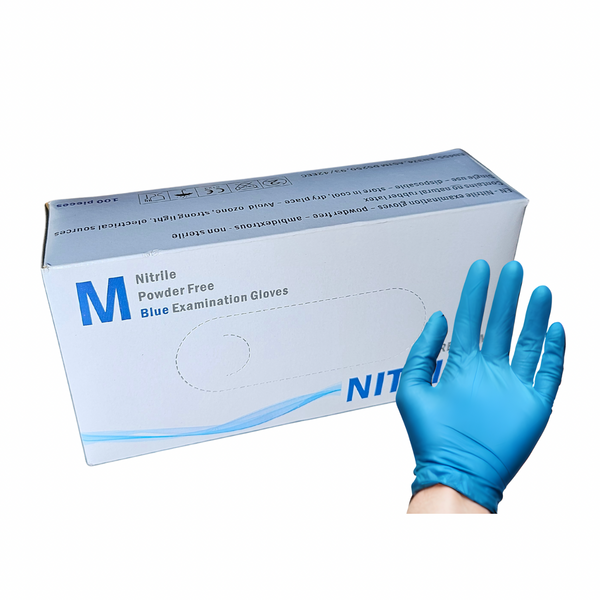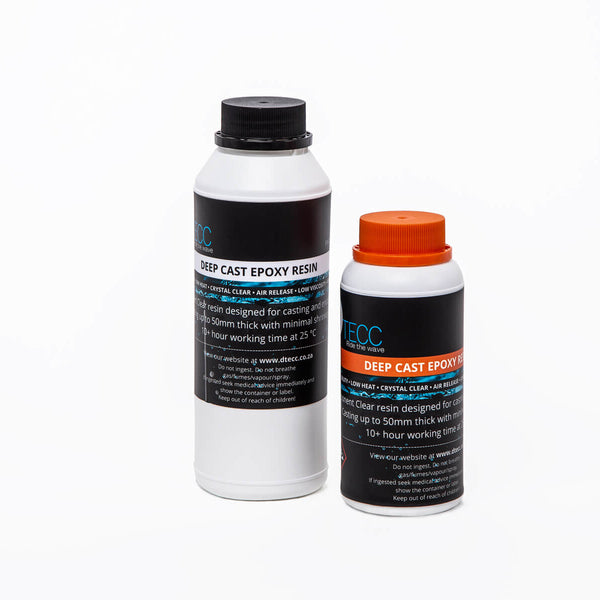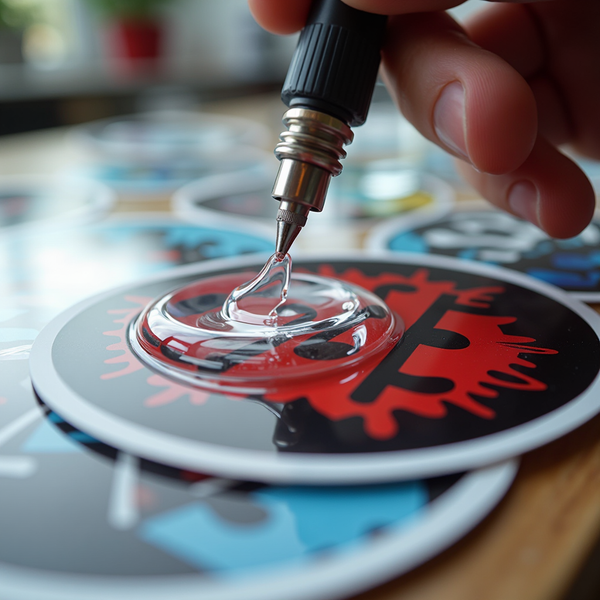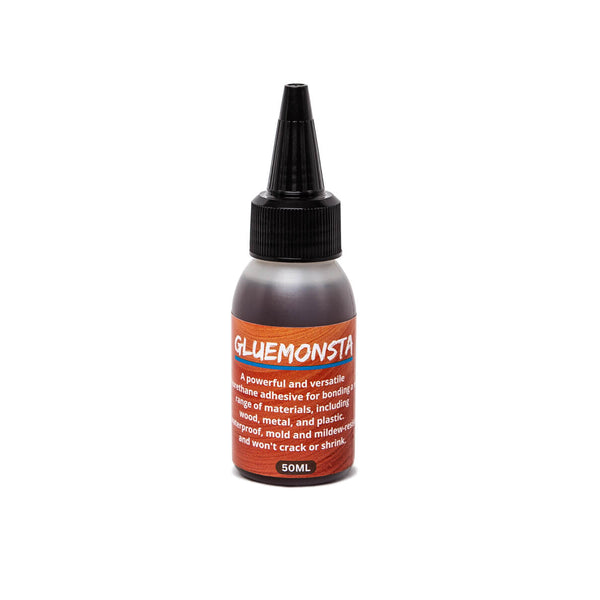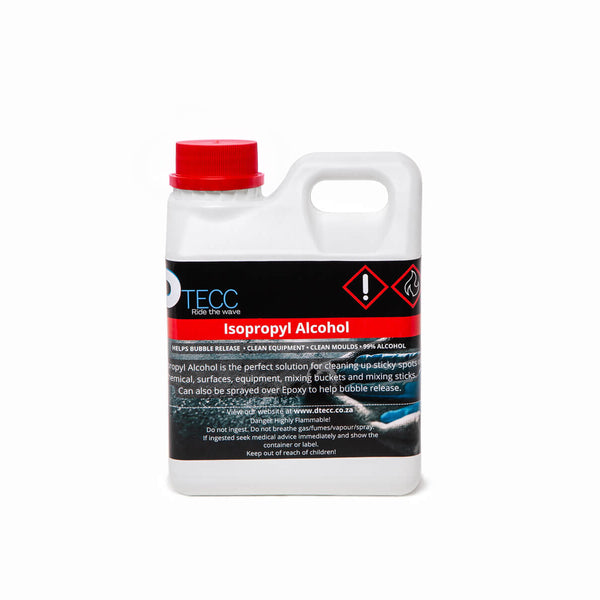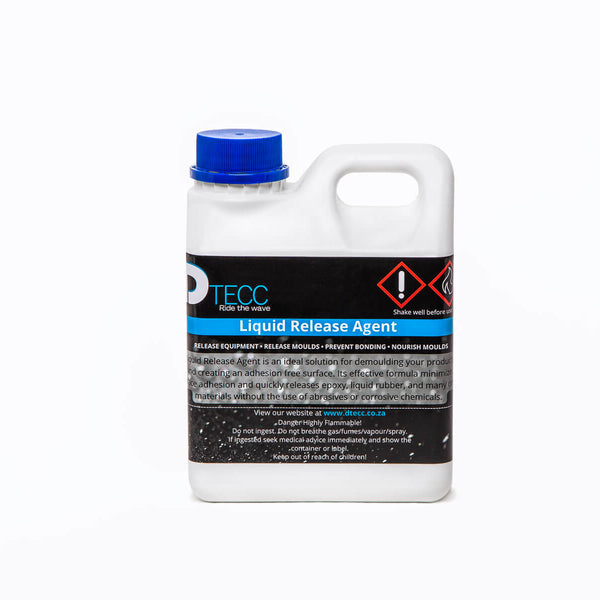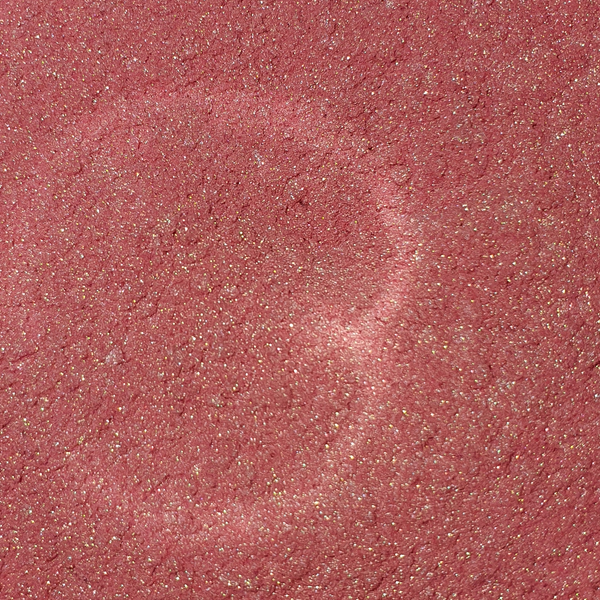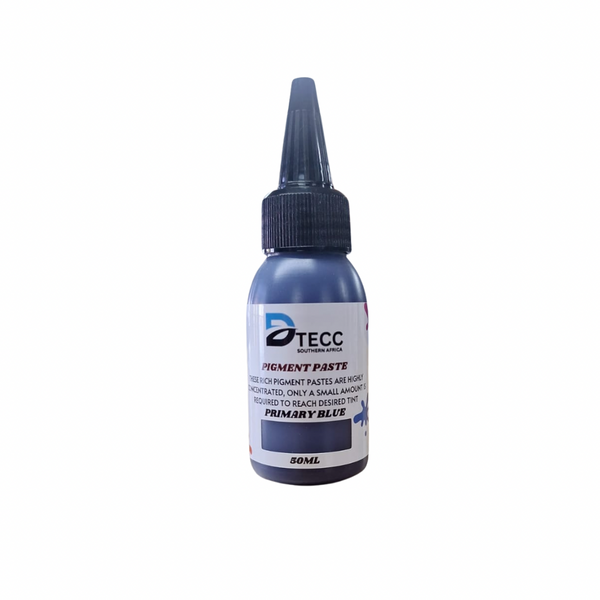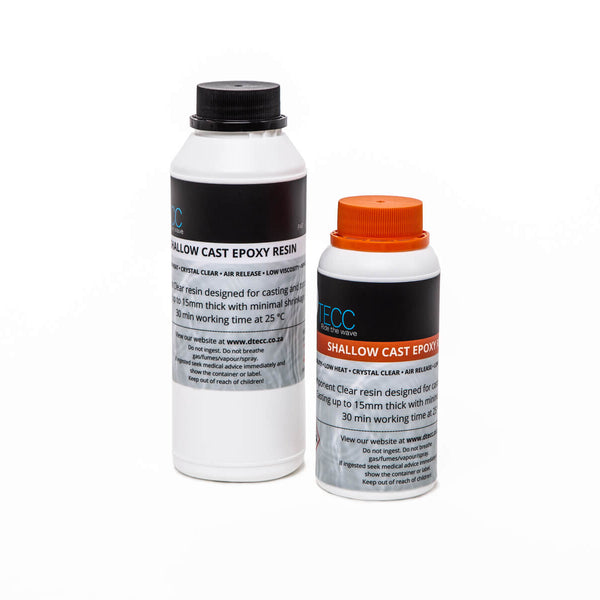Frequently Asked Questions
Check most frequently asked questions here, if you still need help then please contact us at info@dtecc.co.za.
Epoxy Resin
Epoxy Resin consists of a two-part system of synthetic polymer resin and a hardener. Once these components are combined they undergo a chemical reaction and the liquid resin gradually hardens to a solid plastic that has a glass like finish.
Epoxy is a temperature sensitive material. When cool, it’s thicker and sets slower (Viscosity is higher). When warm, it’s thinner and sets faster (Viscosity is lower). For best results, all materials and working conditions should be maintained at a constant 21°C – 28°C. When working in conditions or with material below 18°C, the resin may become to viscous (thick) to properly release air and self level. When working in conditions or with material above 28°C, the resin may set too quickly and exotherm, become too hot, which could cause it to yellow, distort or crack.
All surfaces must be clean, dry and free of contamination. Contaminates include, but are not limited to dust, oil, moisture, sap, lint, and sanding debris. Do not use paper towels, dirty rags, contaminated sandpaper, or touch surface with oily fingers. Sand as needed and clean off sanding debris. Wipe the surface or mould down with a clean lint-free rag/cloth using an oil-free solvent like Isopropyl Alcohol which you can purchase on our store.
Combine resin and hardener at recommended mix ratio. Thoroughly mix the liquid components for at least 3 minutes. The mixture will turn milky white at the start. It is important to continue mixing until all cloudiness disappears. Add any epoxy compatible colorants at this point, scrape the sides and bottom of the mixing container every few seconds. Let the mix stand for 5-10 minutes to allow bubble release. Then your resin is ready to pour.
To tint epoxy, simply use an epoxy compatible colourant and follow the manufacturer’s instructions. There is a huge variety of materials to add colour to resin the most popular include: alcohol inks, pigment pastes and mica pigment powders.
Typically, you would add a small amount of the colourant into the resin or into the blended resin and hardener. 2-5% of pigment is recommended, too much pigment can cause the resin to not fully cure and remain soft. A quick small-scale compatibly test is recommended to make sure the colourant stays evenly dispersed and the epoxy cures properly.
Our only recommended solution is to use a digital scale when weighing out part A & B as this is the most accurate way. Using our online calculators will tell you how much A & B to add !
This is perfectly fine as long as it's done correctly !
When weighing out 2 separate cups ( A & B ) you'll generally always pour part B into the part A cup once weighed out.
When weighing part B, you'll have to add an excess ! This is the left over chemical in the cup as you'll never get everything out, making your formula incorrect if you add the correct amount.
Eg: You have a total formula of 100 grams and you're using our 2:1 Shallow Cast Resin, Part A = 67g and Part B = 33g … you go and weigh part B on the scale and put in 33g. When you pour Part B into Part A, not everything comes out of your cup leaving about 5 - 10g left over making the formula wrong !!
Going about this is quite simple, you will take you Part B cup and pour in a random amount of curative … about half way.
Swirl it around to coat the sides/edges of you cup and pour it all back into you curative container allowing it to drip for about 5 - 10 seconds, now you ready to put your cup on the scale and pour in your correct amount of curative.
Epoxy resin has a number of benefits, including its high strength and durability, resistance to heat and chemicals,
and ability to adhere to a wide range of materials. It is also easy to work with and can be used for a variety of purposes,
including as a coating for floors and countertops, in art and craft projects like river & coffee tables, and for repairing and filling gaps in various materials.
Using epoxy resin typically involves mixing the resin and hardener together in the correct proportions,
applying the mixture to the desired surface, and allowing it to cure. The exact process will depend on the specific
application and the product being used, so it is important to carefully follow the manufacturer's instructions.
The curing time for epoxy resin can vary widely depending on a number of factors,
including the specific product being used, the ambient temperature and humidity, and the size and shape of the object being coated or cast.
Some products may cure in as little as a few hours, while others may take several days or more.
Epoxy resin can be safe to use when handled properly, but it is important to take appropriate precautions to avoid skin and eye contact,
inhalation of fumes, and ingestion. This may include wearing protective gloves, goggles, and a respirator, working in a well-ventilated area, and avoiding contact with the skin or eyes. It is also important to carefully follow the manufacturer's instructions and dispose of any leftover materials properly.
Epoxy resin boasts exceptional adhesive properties, a high gloss finish, and excellent chemical resistance compared to other resins such as polyester or vinylester.
To achieve a bubble-free finish, make sure to mix the epoxy thoroughly yet slowly to prevent air entrapment, apply heat using a torch, heat gun or IPA (Isopropyl Alcohol) to burst bubbles on the surface, and pour the resin in thin layers if possible.
Yes, you can use epoxy resin on various surfaces such as wood, metal, and even plastics. However, for porous surfaces like wood, you should seal them first with a thin layer of epoxy sealant to avoid air bubbles from surfacing.
Correctly measuring and mixing the two parts (resin and hardener) is crucial for achieving optimal curing results. Uneven proportions of the two components may lead to improper curing or partially cured projects. This is why a digital scale is always recommended.
To store unused epoxy resin properly, ensure it is in an airtight container away from sunlight and extreme temperatures. A cool, dry place is ideal for prolonged shelf life.
Yes, epoxy resin can be tinted using various coloring agents, such as powdered pigments and liquid dyes designed explicitly for epoxy. Make sure to choose compatible colorants to avoid any reaction or curing issues.
The curing process of epoxy resin can be accelerated by increasing the ambient temperature. However, it's essential to keep in mind that speeding up the process may reduce the pot life and workability of the mixture.
Pigments
Pigments will specifically be designed to mix with certain chemicals. Mica powder pigments, pigment pastes and alcohol pigments all work with epoxy resin systems. Many crafters have tested the waters and found that other pigments mix with resin such as acrylic paint but we do not recommend such systems as acrylic paint is water based and water does not mix well with resin ontop of that in order to get the colour payoff you are looking for you would have to use a fair amount of paint which interferes with your ratios.
There are different types of pigment pastes that are made for certain products. For example you get a water based pigment paste which can be added to paint but not to epoxy resin as water does not mix with resin, always check that you purchase the correct based pigment, the manufacturer of the pigment should state what systems their pigment will work with.
Our Pigment pastes are rich in pigment which give a strong payoff in colour therefore you only need to add a very small amount in order to achieve the vibrant solid look you want.
Mica naturally comes from a mineral quartz called muscovite but can also be synthetically made. Synthetic Mica is smoother in texture and has a higher purity which is bolder and more consistent in colour. Mica powders are used in many industries such as cosmetics, soaps, candles, epoxy resin, moulds and more.
Mica is non-irritating, skin safe and non-toxic. However, because mica is a fine dust long term inhalation can cause respiratory issues. Always wear a mask when working with mica!
Liquid pigments are fluid colorants that blend easily with epoxy resin, providing a smooth and consistent color. On the other hand, powder pigments are fine solid particles that need to be mixed thoroughly with the resin to achieve a homogenous color. They offer more intense and vibrant colors than liquid pigments.
For liquid pigments, it is generally recommended to start with 1% pigment to the weight of the resin mixture and adjust according to desired color intensity. For powder pigments, begin with 2% pigment per weight of the resin mixture and adjust according to the desired shade.
Yes, both liquid and powder pigments can be used with various types of epoxy resins like casting, laminating, or coating resins. However, it is always advisable to check compatibility by performing small-scale tests before proceeding on larger projects.
Absolutely! You can mix different colors of both liquid and powder pigments to create customized shades for your epoxy resin project. Make sure you combine the individual colors thoroughly before blending them into the resin.
Yes, both translucent and opaque finishes can be achieved by varying the amount of pigment added to your epoxy mixture. Adding a small amount will result in a translucent finish while increasing the pigment content will create a more opaque appearance.
Before mixing your chosen pigment into your epoxy resin, make sure both components (resin and hardener) have been thoroughly stirred separately. Then, slowly add your pigment, stirring continuously to ensure even distribution and eliminate any potential clumps.
Both liquid and powder pigments are suitable for outdoor epoxy resin projects. However, over time, some degree of fading may occur due to UV exposure. To prolong the vibrancy of your colors, it's advised to apply a UV-resistant topcoat over your finished project.
Always wear appropriate protective gear like gloves, eye protection, and a mask when handling pigments. Work in well-ventilated areas and avoid direct skin or eye contact with the pigments. Also, ensure you store pigments in a cool and dry place away from direct sunlight or heat sources.
Shipping
We ship only within South Africa, we will hopefully be expanding soon !
Delivery's are made from 9am-4pm on working days only.
Processing of orders is 1-3 working days and thereafter delivery is within 2-5 days. Please note that orders placed after 12pm will only begin processing the following working day.
We will send tracking information to the e-mail address associated with your order once the item has shipped.
